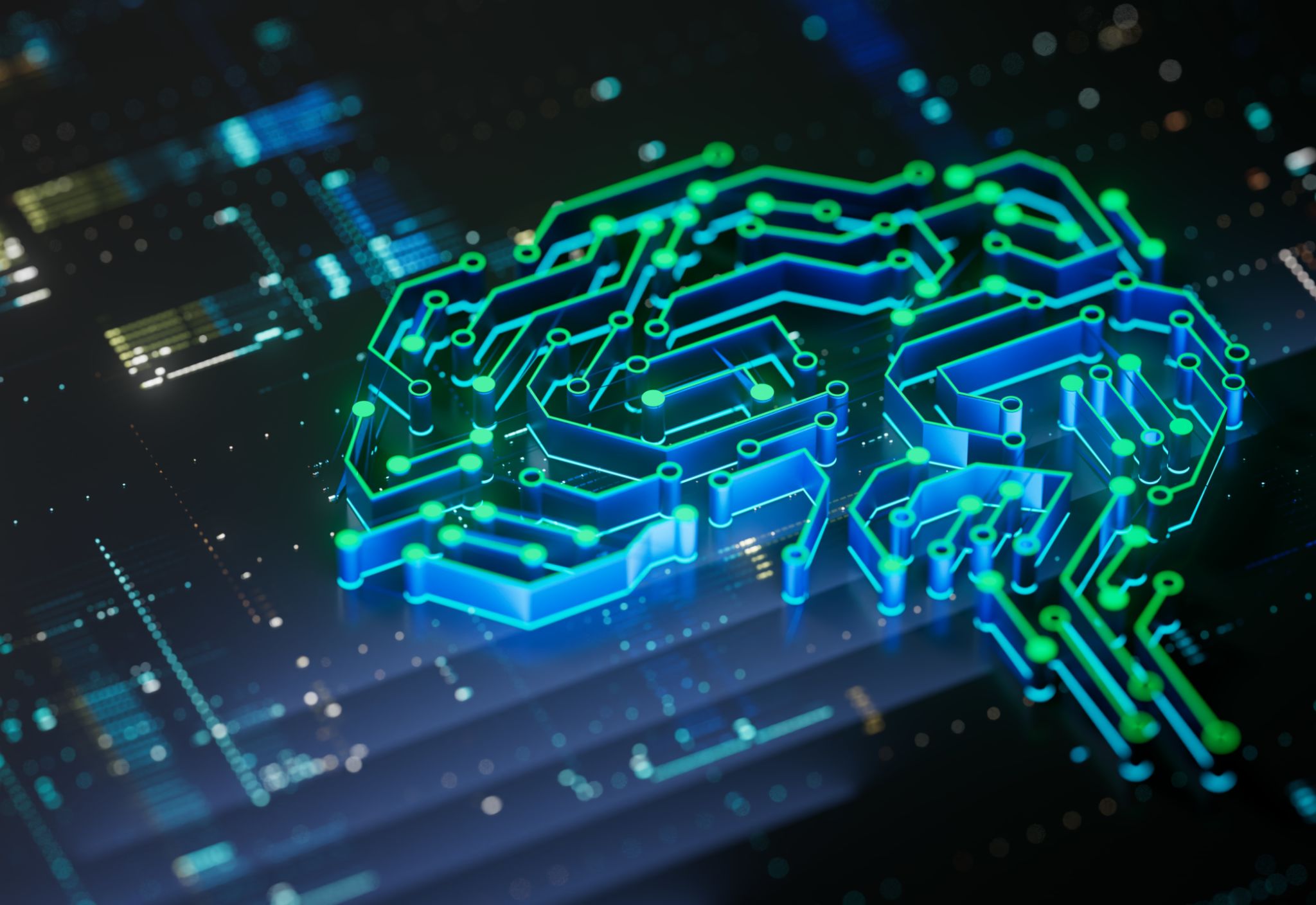Case Study: Successful Integration of AI and Blockchain in Asset Management
Introduction
In recent years, the convergence of Artificial Intelligence (AI) and Blockchain technology has emerged as a groundbreaking development in various industries. One sector that stands to benefit significantly from this integration is asset management. This case study explores the successful implementation of AI and Blockchain in asset management, highlighting the transformative effects and opportunities these technologies present.

The Role of AI in Asset Management
AI is revolutionizing asset management by enhancing decision-making processes, improving efficiency, and enabling predictive analytics. Asset managers are leveraging AI algorithms to analyze large datasets, identify patterns, and make informed investment decisions. This technology allows for more accurate risk assessment and portfolio optimization, ultimately leading to higher returns for investors.
Predictive Analytics and Risk Management
AI-driven predictive analytics provide asset managers with valuable insights into market trends and potential risks. By analyzing historical data and current market conditions, AI systems can forecast future asset performance, enabling managers to make proactive adjustments to their strategies. This capability is especially crucial in volatile markets where rapid changes can have significant impacts.

Blockchain's Impact on Transparency and Security
Blockchain technology complements AI by adding transparency, security, and efficiency to asset management processes. Through its decentralized ledger system, Blockchain ensures that all transactions are secure and immutable, reducing the risk of fraud and data tampering. This increased transparency builds trust among investors and stakeholders.
Smart Contracts and Automation
One of the most significant advantages of Blockchain in asset management is the use of smart contracts. These self-executing contracts automatically enforce terms and conditions without the need for intermediaries. This automation reduces administrative costs and expedites transaction processes, making asset management more efficient.

Integration Challenges and Solutions
While the integration of AI and Blockchain presents numerous benefits, it also poses certain challenges. These include technical complexities, regulatory concerns, and the need for skilled personnel. Addressing these challenges requires strategic planning and collaboration among industry players.
Overcoming Technical Barriers
To overcome technical barriers, asset management firms must invest in robust infrastructure and partner with technology providers specializing in AI and Blockchain solutions. Continuous training and development programs can also help bridge the skill gap, ensuring that teams are equipped to handle new technologies effectively.

Case Study: A Real-Life Success Story
A leading asset management firm successfully integrated AI and Blockchain to enhance its operations. By implementing AI-driven analytics, the firm improved its investment strategies, resulting in a 15% increase in portfolio returns. Concurrently, Blockchain technology enabled secure and transparent transaction processes, boosting investor confidence.
Key Takeaways
- AI provided enhanced analytical capabilities, leading to better investment decisions.
- Blockchain ensured transaction security and transparency, reducing operational risks.
- The integration resulted in improved investor relations and increased trust.
Conclusion
The successful integration of AI and Blockchain in asset management is a testament to the transformative potential of these technologies. As the industry continues to evolve, firms that embrace these innovations will likely gain a competitive edge. By addressing integration challenges proactively, asset managers can unlock new opportunities for growth and innovation.
